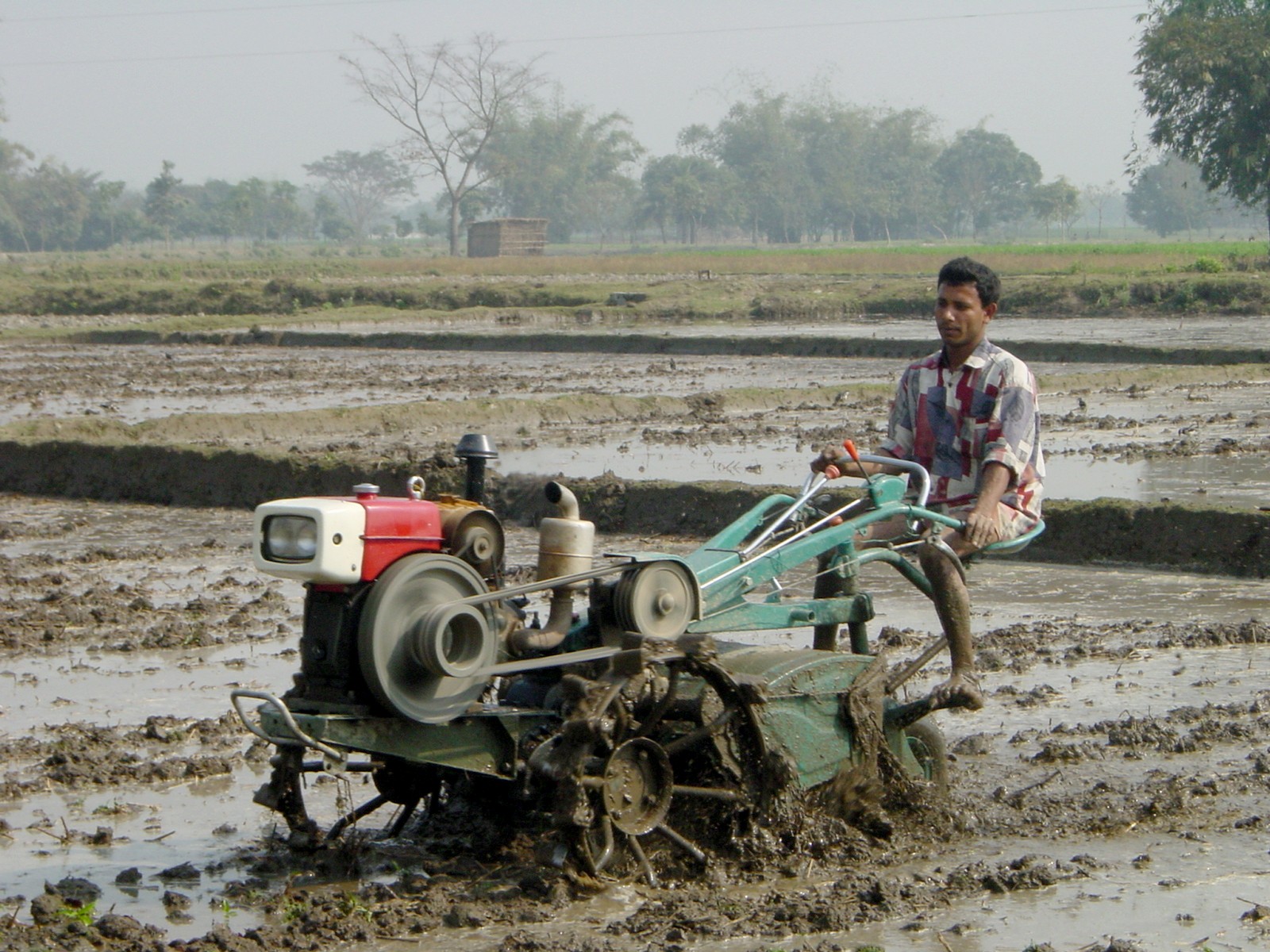Urgent solution
In the given situation, Nepal needs to move urgently towards solutions such as rural vitalization and agricultural industrialization. China can be the leader in sharing assistance, lessons and solutions to elevate Nepal from underdevelopment. The best evidence of China’s ability to support farmers’ industrial uplift in Nepal in the last 19 years are the annually released China’s No. 1 Central Document. As the first policy statement of the year, the document contains dynamic policy priorities to increase farmers’ income. The document of 2022 mentions e-commerce, tourism and logistics development in rural areas. China’s National Bureau of Statistics finds the income gap between urban and rural residents narrowed in the past decade. In 2021, the per capita disposable urban income was 47,412 Yuan, an increase of 96 percent over 2012. The per capita disposable rural income was 18,931 Yuan, an increase of 126 percent over 2012. The increasing income of farmers informs us about the agricultural Industrialization and green development progresses in China. Development instruments In 2017, the Chinese government released the “Guideline for “Promoting Agricultural Green Development”. Developing modern agricultural and rural industry was declared as the foundation for rural vitalization. And in May 2019, “Policy Framework for Integrated Urban-Rural Development” was adopted. The State Council called for efforts to develop rural industries with unique local features. As we may be aware, historically, natural disasters have made a serious impact on Chinese farmers. China’s Ministry of Emergency Management in 2021 found that natural hazards in rural farming areas incurred 334bn Yuan worth of economic loss. China’s rural areas face greater threats of natural hazards due to the poor living and geographic conditions, weakening the ability of residents to defend against hazards. After the 2008 Wenchuan, Sichuan earthquake, considerable efforts were made to reduce disaster risk by enforcing preparedness measures such as early warning systems, disaster-preparedness training, and piloting disaster-resilient model demonstration communities. An official review document in 2016 concluded that the excessive focus on rescue was a main problem needing reform in the disaster risk management practices. Here we reach a basic issue to address how the under-development of Nepali farmers and industrial agricultural progress of China together could be suitably aligned to create a synergy for a development pathway in the Trans-Himalayan region. Initiatives The last 10 years and especially the year 2021 are very important for China and the neighbors. China scored a historic feat in successful eradication of absolute poverty and elevating more than 700 million people out of poverty. This achievement was made in the centenary year of the establishment of the Chinese Communist Party. The same year President Xi Jinping proposed that China would work with global humanity for a BRI dimension to make it a road to poverty reduction. In the UN, he put forth a Global Development Initiative to strengthen cooperation in this regard. . In 2021 China's State Council’s white paper made a global community of shared future as the mission of China's international development cooperation. South-South cooperation with practical action being the priority. This cooperation pathway strengthens the indigenous development momentum of poor areas. Within the larger framework of the cooperation pathway, China and Nepal may together agree for a technical assistance program that integrates and synthesizes the industrializing features of China’s farmers’ economy and Nepal’s underutilized, highly potential family-owned self-confined agriculture. Nepal’s Development Cooperation Report 2019-20 and 2020-21 inform that in both the years, agriculture was ranked below the other top five sectors. And it received development cooperation to the tune of $126m. Nepal’s development planning rarely noted and cared for an organic connectivity of health, education, financing reform, housing, energy, or transportation with agricultural industrialization and green development. China and Nepal stand at a moment to complement each other for mutual learning and sharing. Development cooperation between farmers of the two countries has been an area long ignored in international public diplomacy as well as international cooperation. It is time to change the unfair course of history in the region. While I was teaching history of ancient administrative thought to post-graduate students at the Central Department of Public Administration, Tribhuvan University, Confucius (551 BC-479 BC) had always struck me by his prerequisites to run a government. The most important prerequisite he identified was the people’s confidence in their rulers along with sufficiency of food. And the truth remains. The author is Secretary General of China Study Center, Nepal. This is a note he presented at the 2022 International Webinar on Trans-Himalayan Industrial Cooperation for Poverty Reduction organized by Center for Trans-Himalaya Studies, Lashan Normal University, China, on Nov 6











